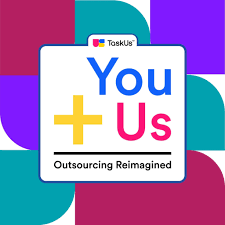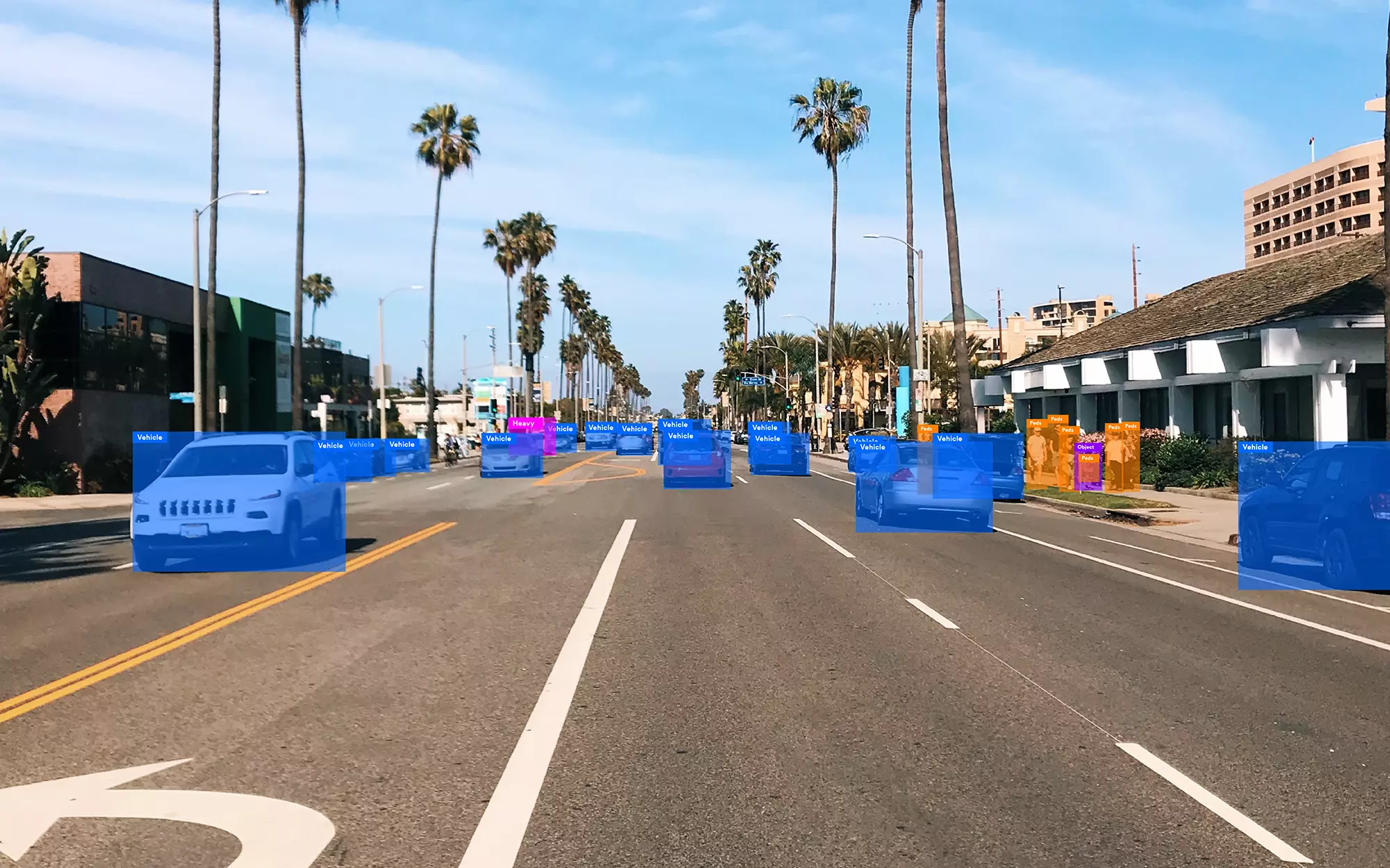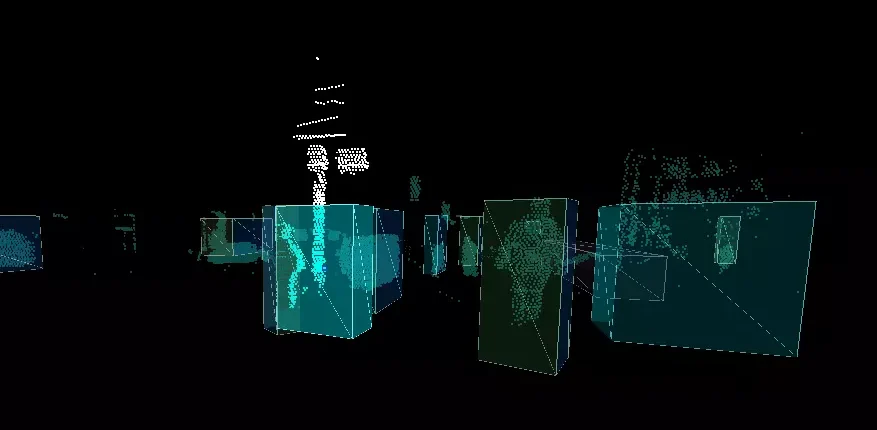How Data Labeling Works
 TaskUs
TaskUs
With the explosive growth in Artificial Intelligence (AI) and Machine Learning (ML), one term that commonly floats around boardrooms, tech conferences, and academic journals is data labeling. This isn't just technical jargon; it's the crucial cog that powers these innovative technologies. Yet, many still need to learn what it entails and its pivotal role in enabling AI and ML systems.
In this article, we will demystify the concept, delve into its inner workings and significance in the broader AI and ML landscape, and explore the challenges and best practices associated with data annotation in the machine learning industry.
What is Data Labeling in Machine Learning and Why Does it Matter?
Data labeling, also known as data annotation, is the process of tagging or categorizing raw data (such as text, images, videos, etc.) with informative labels to guide machine learning models. Like a teacher guiding students, these labels act as instructive markers, helping AI and ML models understand patterns, make accurate predictions, and deliver valuable insights.

For instance, this process in the context of image recognition would involve manually assigning specific labels to images (such as "cat", "tree", "car") to help the AI model recognize these entities in future, unlabeled images and be able to categorize them correctly.
Why is Data So Important in AI and ML?
Data itself (specifically labeled data) is the unsung hero in AI and ML and plays an integral role in training models. Training the AI model using human intervention is known as supervised learning or human-in-the-loop machine learning.
Supervised Learning
The majority of AI and ML models rely on what's known as supervised learning: a training structure where the model learns from human-labeled training data. Think of it as a student learning from a textbook with all the right answers marked out. The algorithms use these labels to understand the underlying patterns and rules, enabling them to make predictions when presented with new, unlabeled data.
To better understand this, let’s go over one of the most common types of data labeling step by step and how it works.
The Data Labeling Process Explained: Bounding Box Annotation
Bounding box annotation, or bounding box labeling or object bounding, is one of the most common methods used in machine learning, particularly for computer vision tasks. This process involves drawing a box around the element or object of interest in an image or video frame, essentially 'bounding' the object. Here's an in-depth look at the typical bounding box annotation process:
Step 1: Gathering and Pre-processing Data
Before the actual labeling can begin, necessary data in the form of images or video frames must be gathered and pre-processed. The pre-processing step involves checking the images for quality and converting them to a suitable format for labeling.
Step 2: Drawing Bounding Boxes

In the actual labeling step, a box is drawn around each object of interest within the image. For example, if we train an AI model for a self-driving car, the bounding boxes could be drawn around other cars, pedestrians, road signs, etc. The aim is to capture the entire object within the box's confines, reducing background noise and allowing the AI to focus on the object of interest.
Step 3: Labeling the Bounding Box

Each bounding box is associated with a label, indicating the object within it. This label will typically be in text format. For our self-driving car example, the bounding boxes could be labeled as 'car,' 'pedestrian,' or 'stop sign.'
Step 4: Quality Assurance
At this point, labelers or a separate quality check team will review the annotated images to ensure all objects are correctly bounded and labeled and that every object of interest has been noticed. This is just a simple example of one quality assurance (QA) process we use at TaskUs, but with each project, we adjust these crucial QA steps to ensure the data quality meets the client's expectations.
Step 5: Training the AI Model
The labeled images are then fed into the machine learning model as training data. By learning from these labeled examples, the model can recognize similar objects in new, unlabeled images or video frames.
Step 6: Validating and Fine-Tuning the Model
Following the training, the model's performance is validated using a separate set of labeled data not used in the training phase. This validation objectively evaluates the model's ability to recognize and classify objects. If the model's performance isn’t satisfactory, the process continues with further fine-tuning and training until the model meets the required performance levels.
Bounding box annotation is a powerful technique that aids in various real-world AI applications, ranging from self-driving cars to object detection in surveillance videos, disease identification from medical images, and much more. A rigorous and detailed bounding box annotation process is crucial in training AI models to produce accurate and reliable outcomes.
Data Labeling Examples in the Real World: Sample Use Cases by Top Tech Companies
While the training of AI may sound super foreign to the average user, this process powers tools that people use every day. Companies across industries harness AI and ML's power to drive innovation and performance. Here are a few examples:
One of the most prominent tech giants globally, Google uses data labeling across many facets of its operation. Labeled data is crucial for image recognition and object detection with products like Google Photos and Google Lens, which rely on computer vision technology.
In Google Search and Google Assistant, labeled data assists AI models in understanding the human language, improving search results, and delivering more accurate text predictions and voice recognition.
Tesla
One of the leaders in the electric vehicle industry, Tesla’s Autopilot feature is a comprehensive suite of driver assistance features. By labeling images and videos collected from Tesla cars' cameras, the company trains its AI models to recognize and understand various elements on the road, such as vehicles, pedestrians, street signs, and signals. This labeled data significantly enhances the safety and performance of Tesla's autonomous driving technology.
How Tesla Uses Image and Video Annotation:
- Tesla vehicles are equipped with cameras that continuously capture images and video of the car's surroundings. For those cameras to work, data labelers had to annotate the visual data used to train the models that power the cameras. The annotators had to identify and label elements such as other vehicles, pedestrians, road signs, lane markings, traffic lights, and even more abstract concepts like open parking spaces.
3D Point Cloud Labeling:
- In addition to camera data, Tesla also uses LiDAR (Light Detection and Ranging) or radar sensors to create 3D point clouds - a more detailed and accurate representation of the environment surrounding the car. Data labelers annotate these 3D point clouds, labeling different objects, their locations, and even their potential movements, providing an extra layer of depth and making the training of the AI models more robust.

Interestingly, it’s been reported that Tesla has further refined their data annotation structure and can label directly in the vector space.
Privacy-Preserving Labeling Techniques
With increasing emphasis on data privacy and stricter data legislation, innovative techniques that provide high-quality data labeling while preserving user privacy will gain traction. Differential privacy, federated learning, and encrypted learning are some techniques being explored.
Navigating these future trends and continuing to provide high-quality data will require businesses to adapt quickly, embracing new technologies and methodologies.
Choosing the Right Partner
It has been reported that Tesla performs all their data annotation in-house1 due to low-quality data from third-party providers.

Choosing a trusted provider that explains their QA processes and works with the company to refine or add in additional QA processes could have easily mitigated this issue for Tesla. At TaskUs, aligning on quality assurance tests and creating custom QA processes with the client is one of our first steps before getting to the contract phase.
When embarking on your AI and ML journey, choosing the right data labeling outsourcing partner can make all the difference.
Here are the key things you should consider:
1. Experience and Expertise:
Where there is money to be made, snake oil salesmen are in the tallgrass. No-name companies will always be willing to offer you a lower price, but that price usually comes at the cost of quality. The AI industry is booming, and everyone wants a piece. Make sure you do your due diligence and ask for detailed RFPs and case studies from the partners you're considering.
2. Quality-Control Measures:
Before signing a contract, discuss with the company what QA checks and tests you need in detail. Find out how the partner maintains labeling quality—what measures and methodologies they have to ensure accuracy and consistency. If you ask simple questions about their QA process and don’t like their answers, move on and find someone who understands what you’re building and how to help you get there.
3. Scalability:
Big projects require big players. No request is too crazy. If you need your data labeling provider to build a data collection and annotation warehouse from scratch and install security guards at the entrance to protect your intellectual property, the trusted players in this industry should be able to do that.
4. Security and Compliance:
How does the partner handle sensitive data—what measures do they take to ensure data security and privacy, and how do they comply with relevant data protection regulations? If the company doesn’t have a detailed document explaining how they secure their offices and ensure your data and PPI are protected, you may want to look elsewhere.
5. Innovation and Forward-Thinking:
The world of AI and ML is fast-paced and evolving. A good partner puts their money where their mouth is and should be able to meet you on your playing field. After all, if the company doesn’t use or even understand AI, how can you be confident that they can help you build yours?

Empower Your AI Journey with TaskUs
At TaskUs, we not only understand AI—we build, protect, and grow some of the biggest tech companies in the world through Generative AI.
We bring together the power of human talent, cutting-edge technology, and a rich experience to provide top-notch data annotation services. On top of that, we speak your language. We use AI solutions in every part of our business, from empowering our frontline teammates to enhancing the copy you read on this page.
Your data labeling partner plays a critical part in building your AI models, and we will go to great lengths to deliver high-quality labeled data that builds robust, reliable AI systems.
With a partner like TaskUs, you can join these industry leaders in harnessing the power of high-quality labeled data to drive your AI and ML efforts. TaskUs provides data collection services that integrate human intelligence and innovative technology to ensure accuracy, scalability, and efficiency at every step of your AI journey.
Both The Business Intelligence Group and Comparably recognize TaskUs as providing an unparalleled employee experience. We ensure our labelers receive industry-leading training, equipping them with the knowledge and skills to handle complex labeling tasks. With stringent data security measures, we are committed to protecting your sensitive data, ensuring full compliance with global data privacy regulations.
Harness the power of AI and ML with confidence, knowing that the bedrock of your AI models—labeled data—is in capable hands. TaskUs is not just a data labeling outsourcing provider; we are your strategic partner in your AI journey. Engage with Us and experience our human-led, AI-backed approach to data annotation. Let's pave the way to a smarter, more efficient future driven by AI.
Subscribe to my newsletter
Read articles from TaskUs directly inside your inbox. Subscribe to the newsletter, and don't miss out.
Written by

TaskUs
TaskUs
Global, tech-enabled BPO services. Industry-leading performance. Ridiculously Good innovation. Award-winning culture.